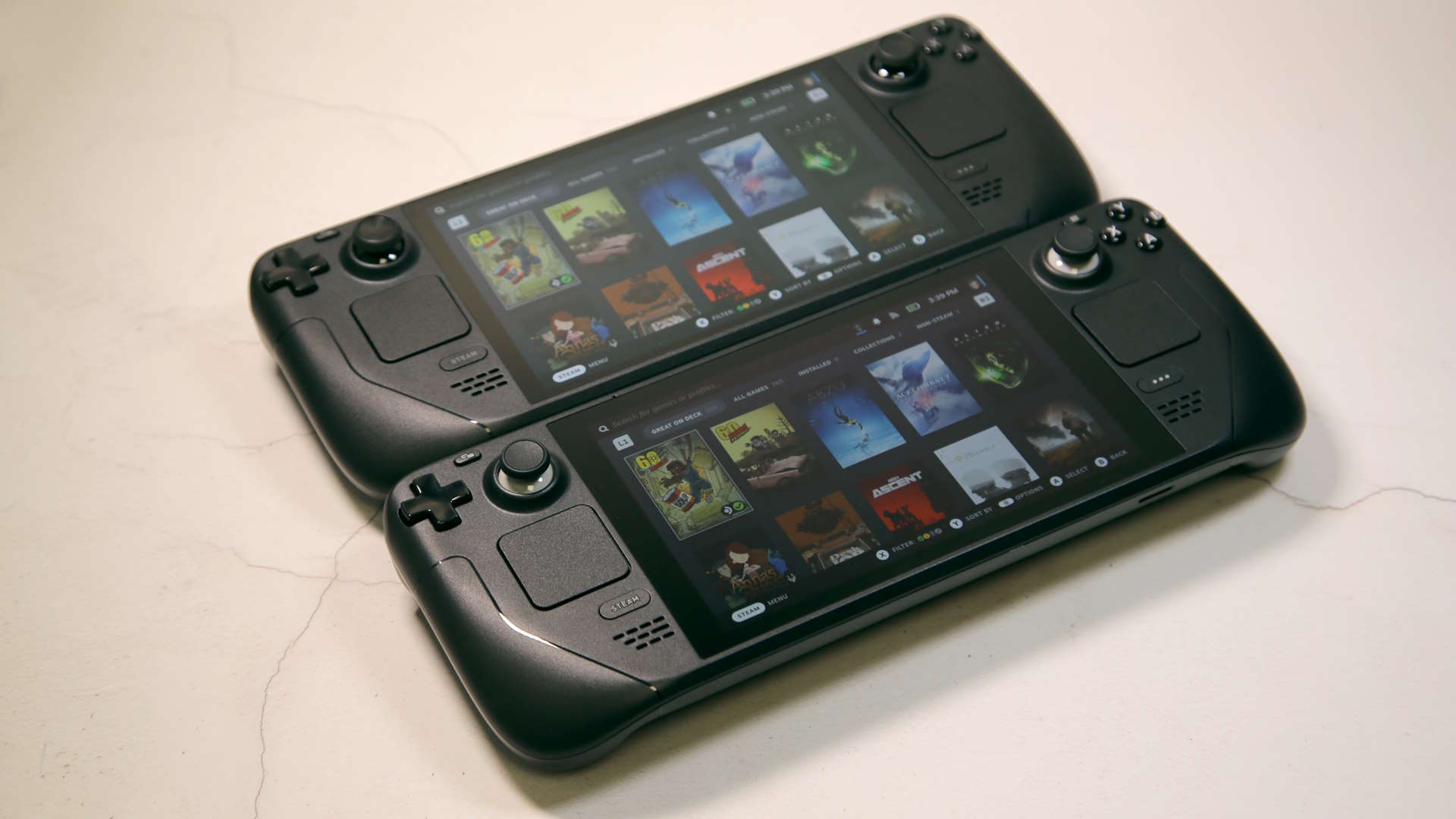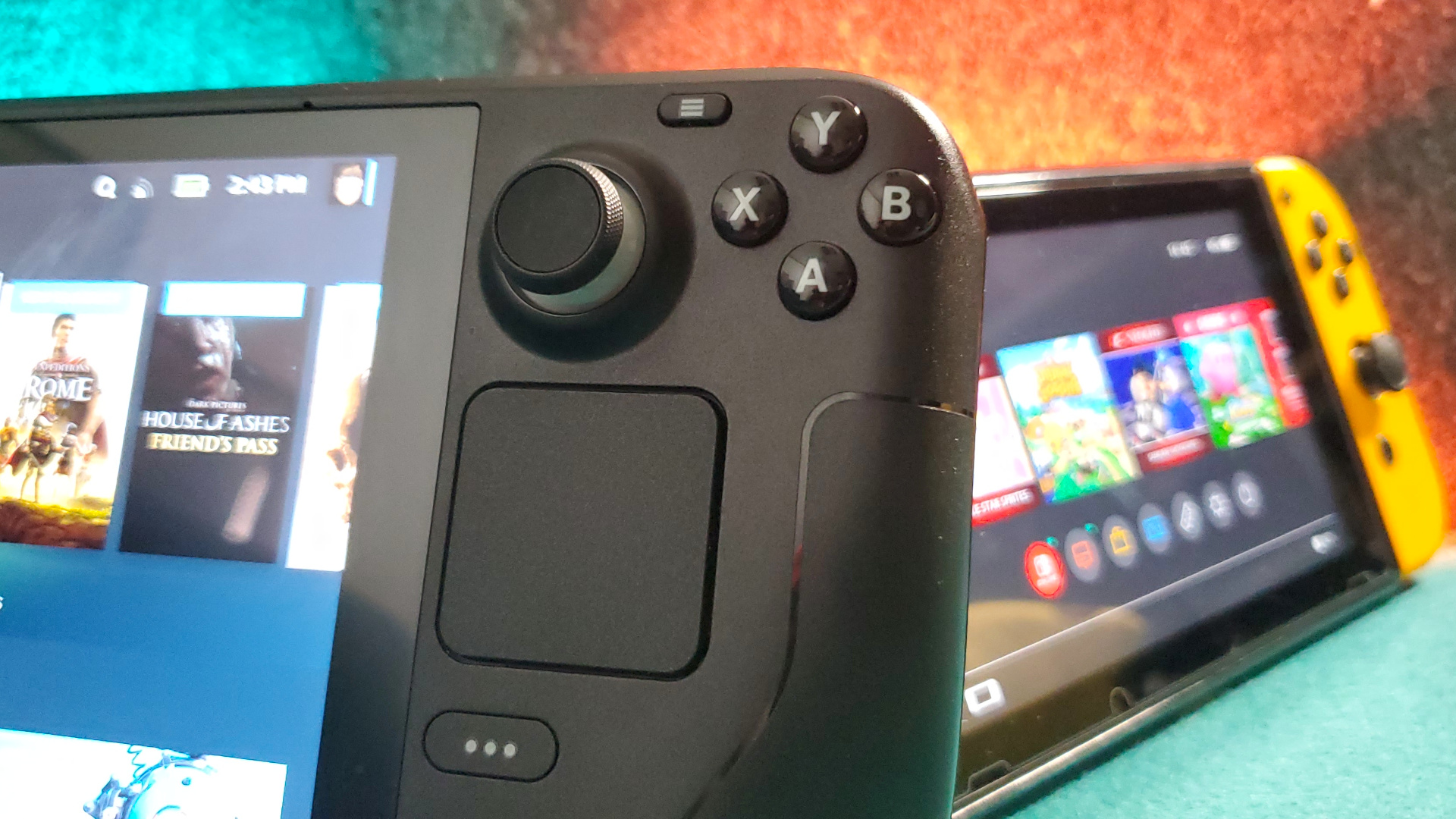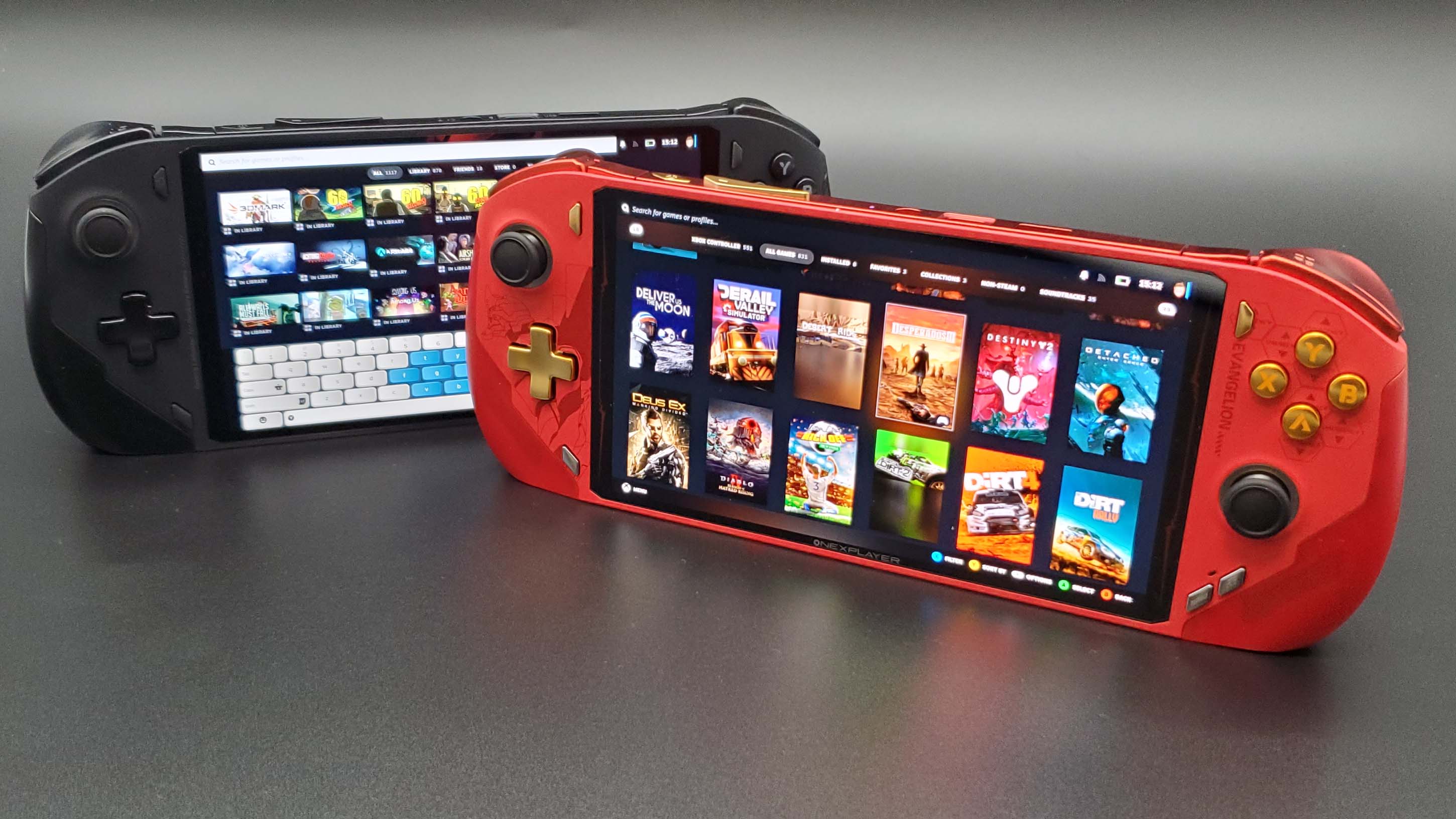James Bentley, hardware writer

This week: I’ve been watching the Nintendo Switch 2 news with excitement and tariff news with dread. Overall, a pretty standard week.
One of the most monumental upgrades I ever made to my gaming rig was swapping to an OLED monitor. A higher and clearer contrast, but also more vibrant colours and deeper blacks. It just makes colour pop in a way that is hard to fully describe unless you’re seeing it light up in front of you. I’ve grown so accustomed to my 1440p OLED screen that my secondary monitor feels no longer enough even to display basic information and browse the internet. I have a hankering for a second OLED monitor and my bank account lives in fear of the day a good enough deal pops its head up.
Effectively, each pixel in an OLED monitor is its own light, which means no backlighting is needed for you to see the panel. This makes for inky blacks and a better contrast ratio.
There are a few good reasons to choose LED over OLED in setups, of course. LED monitors tend to be less power-hungry than their cooler-looking brother, and they’re less expensive too. The fear of OLED burn-in is ever present (though one year-long test showed good results) and, some may opt to go for a cheaper 4K monitor than a more expensive 1440p OLED. With so many good options out there, that opportunity cost is ever-present, especially when you consider you need to get some time with an OLED monitor to see why they are so good.
While I understand why one may not go for an OLED screen in their home setup, I’m a tad disappointed we don’t have more OLED screens in the handheld gaming market. Oddly, looking through the best handheld gaming PCs, only a few of them have an OLED screen: OneXPlayer’s Strix Point equipped OneXFly F1 Pro and Valve’s own Steam Deck OLED.

Despite almost no real tangible hardware changes, the swap from Nintendo Switch to Nintendo Switch OLED felt revelatory to me when I first upgraded back in 2021. I felt a unique joy in being able to see the same games I played just weeks prior but in a new light (or should I say lack of backlight?).
I had the same experience finally testing a Steam Deck OLED just a few months ago. It’s a great indie machine thanks to that screen, its price point, and improved battery life over the standard model. It loses out against competition as you can get comparably more powerful devices for a similar amount of cash, but that screen is so lovely that there’s an argument to be made for it anyway.
However, the recent announcement of the Nintendo Switch 2 has me thinking Nintendo has taken a step back with its LCD screen. In a recent roundtable interview attended by IGN, a Nintendo representative says: “Now there’s a lot of advancements that have been made in LCD technology during development”. They then go onto say that Nintendo put a lot of consideration in and decided on an LCD screen.
Part of the announcement for the Nintendo Switch 2 shows it supports HDR, something that the Nintendo Switch OLED did not. Perhaps, with the extra cost of OLED screens and the abundance of LED panels, Nintendo decided that LEDs with sufficient HDR improvements were good enough.
OLED monitors tend to lack the brightness of non-OLED choices and need to have smaller bright patches to really crank it up to eye-searing levels. HDR, or High Dynamic Range, allows monitors to show a wider range of colours. OLED have darker blacks and non-OLED have brighter screens so they have different considerations from a design standpoint.

We haven’t yet seen the Nintendo Switch 2 screen in action so it could be rather impressive but that’s one of the first things I plan on testing when I get my hands on one. However, HDR can be a tad hit or miss on screens and OLED tech is getting better by the day too. New OLED TVs from LG and Samsung are reported to get up to 400 nits of full brightness, which should only be a boon to HDR.
The swap to OLED panels has been one of the more monumental upgrades I’ve made in the last few years, and though I think a snappy IPS panel with HDR and VRR can certainly make for a good trade-off, I can’t help but lament that none of my other screens are as great as my main monitor.
I may pick up a Nintendo Switch 2 anyway to play what From Software is cooking up, and I’m certainly tempted by the performance of the MSI Claw 8 AI+, but I can’t help but wonder if it will feel like less of an upgrade and more of a sidestep.
However, I’m not looking to see OLED screens absolutely everywhere, I’m just looking to see them more than we have so far. OLED screens feel like a great companion for a gaming handheld. They look incredible, and the lack of a backlight means they take up less space than an LED panel. This can leave more room in the device itself for better thermals or a higher-performing battery. The Steam Deck OLED even manages to offer a better battery than its predecessor.
Price certainly plays a factor in why OLEDs are less common and at least some of the $1,300+ price of the OneXFly F1 Pro is due to its lush screen. It is worth noting that the Strix Point chip in that the F1 Pro will be the largest contributor to that cost though.

The OLED version of the Steam Deck is $150 more than the LCD Steam Deck but the former device has double the storage, making their price point more similar than you may think. For the enthusiast level nearly $1,000 handhelds, I certainly understand why companies haven’t tacked on an OLED to not bump up to above $1,000. But the Legion Go S with its Z2 Go processor feels like the perfect chance for that screen.
The Switch OLED, in turn, is only $50 more than the Nintendo Switch. A handful of devices hold a secret weapon in their screens and I can’t wait for more devices to catch up.
I can always hope Microsoft’s upcoming handheld has an OLED screen. If everything is an Xbox, at least give it a great panel.
Source link











Add comment